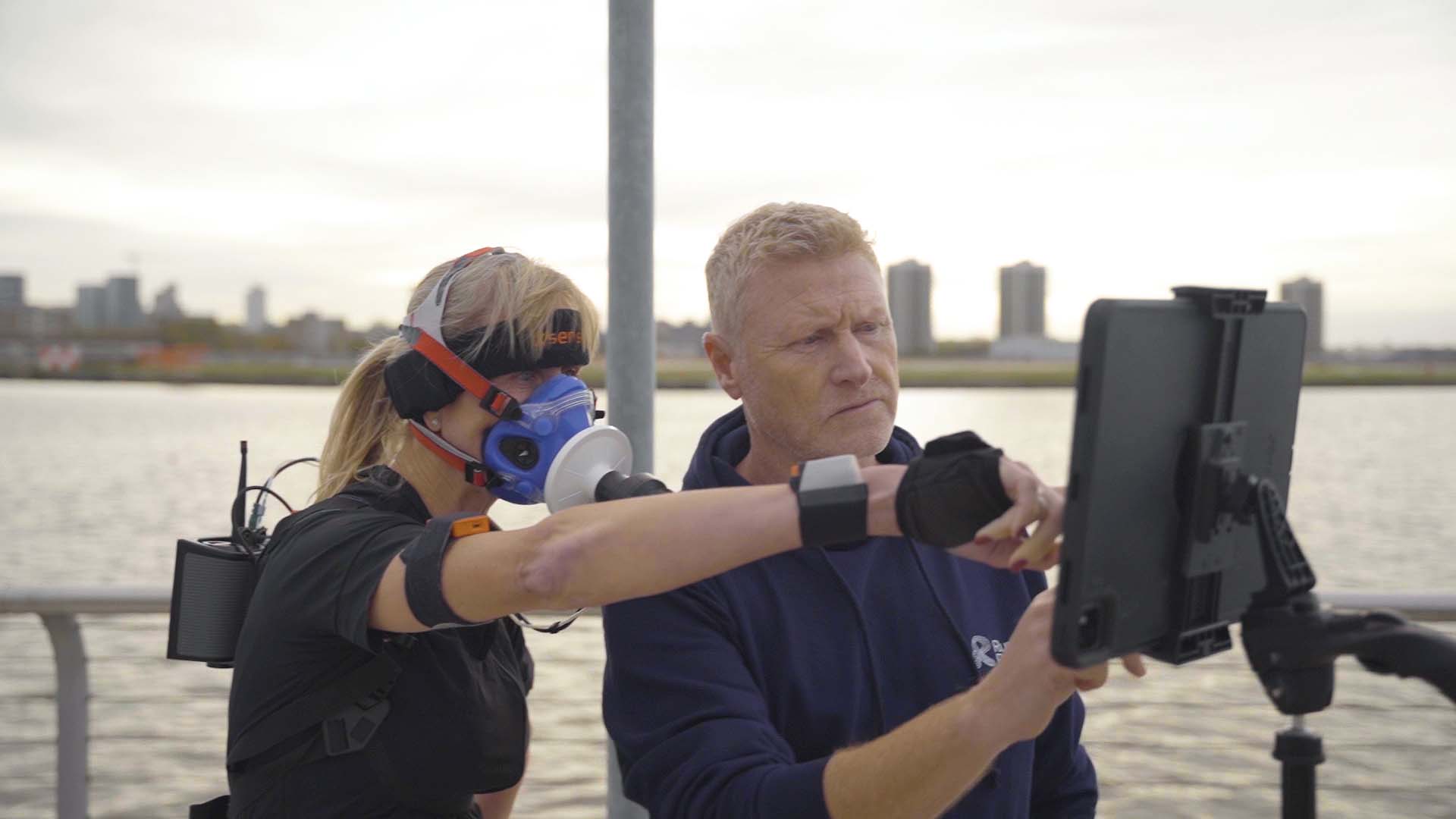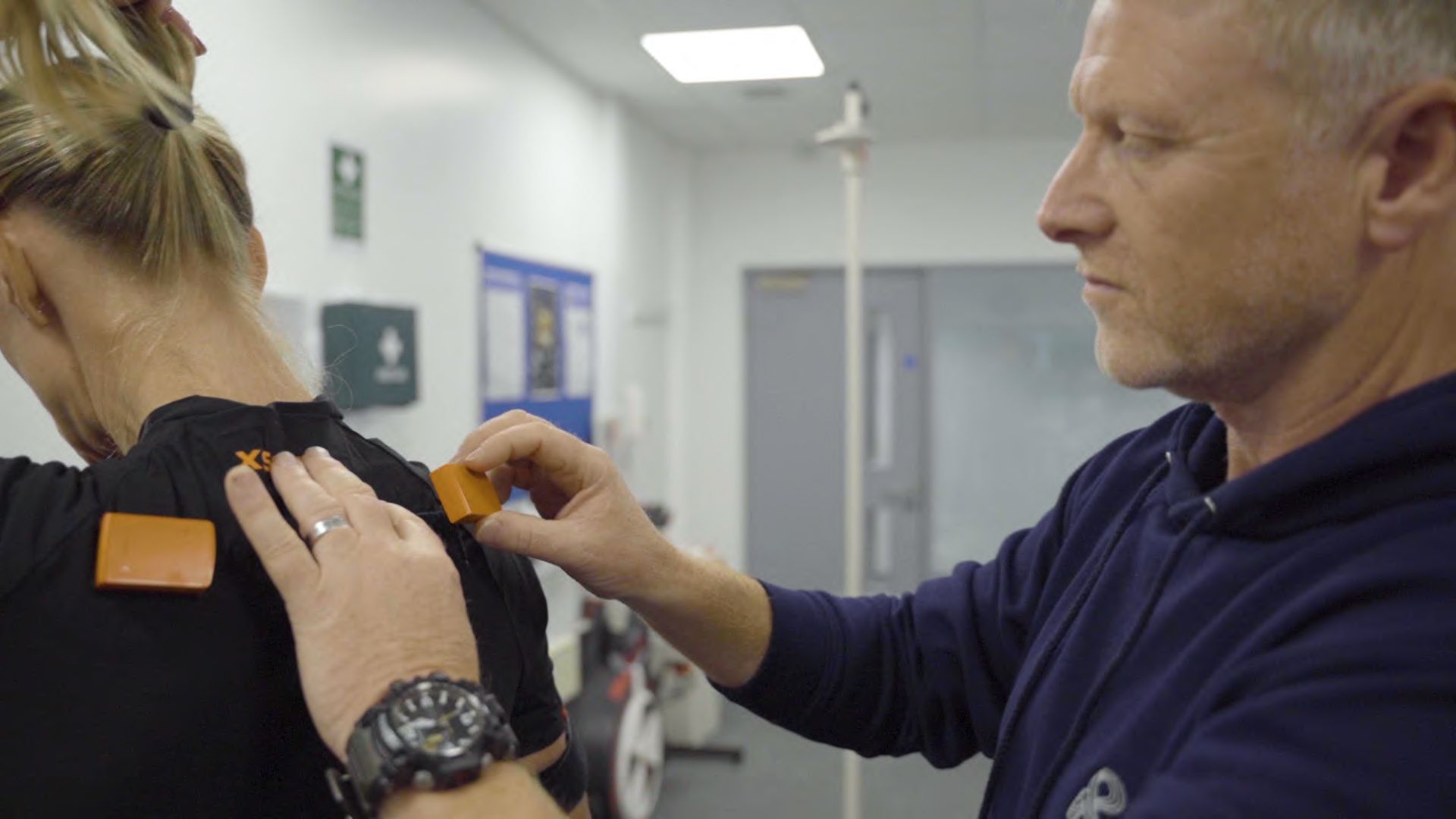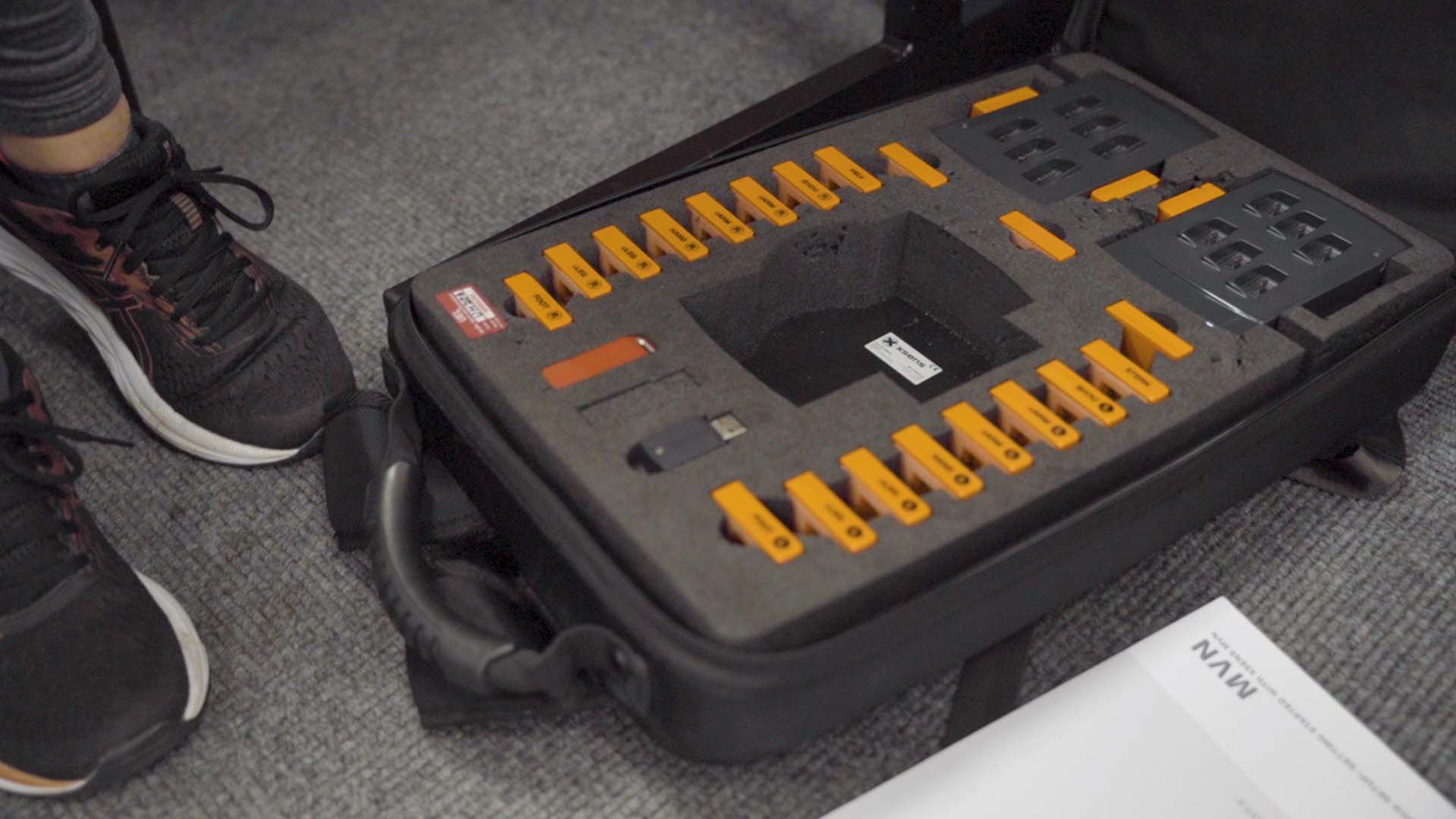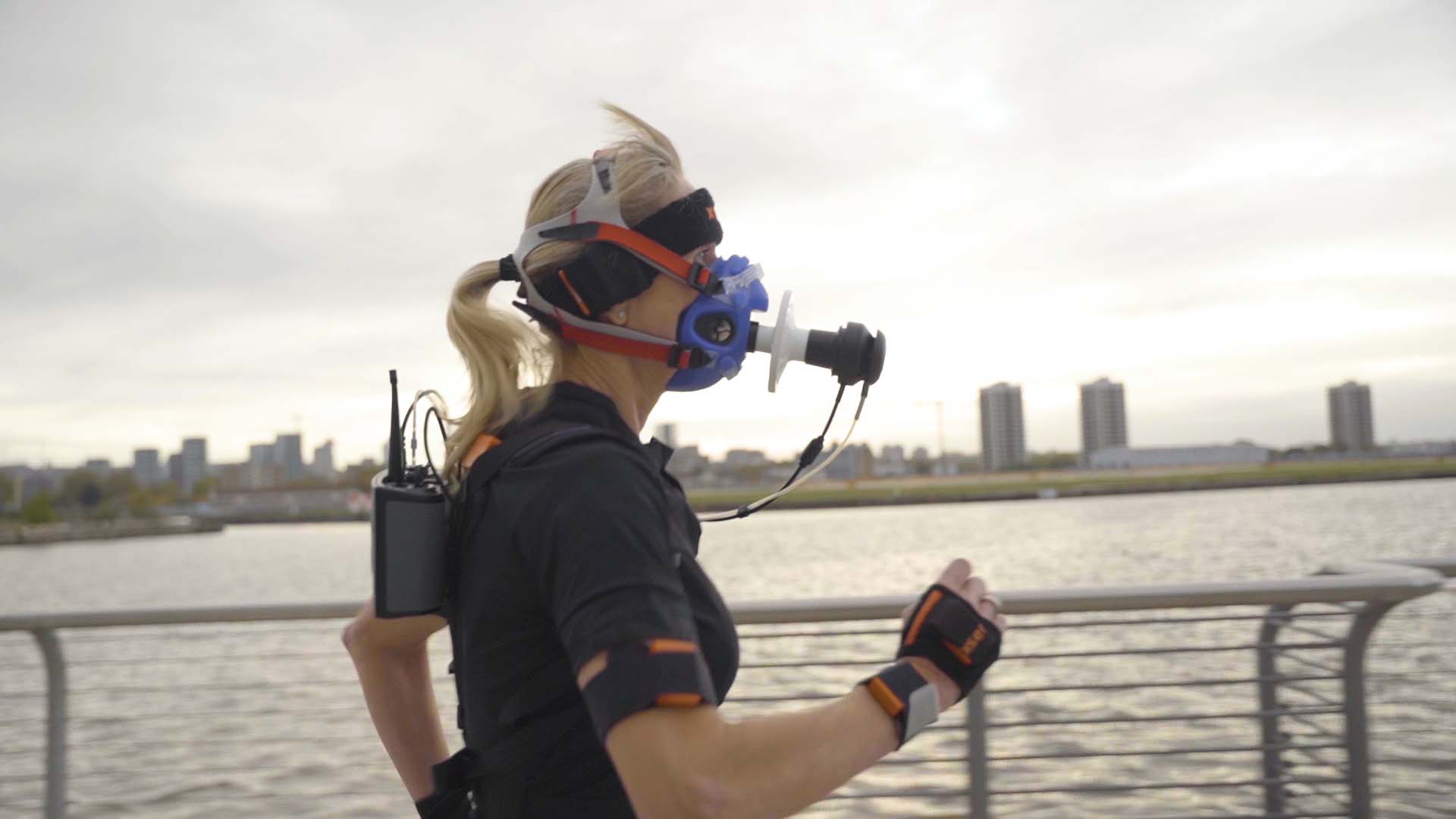Research Collaboration between Shane Benzie and the University of East London
Research into Efficiency of Movement and its Effects on Running Economy.

On my return from my trip to East Africa I was convinced that running was a movement skill and that I was determined to crack the code of natural human movement and how to turn it into human performance.
I was also passionate about researching this subject outside in the natural environment and away from the treadmill. Over the last ten years I have learned a huge amount and still have many more questions.
Our research will look at the performance of a runner which is determined by a number of factors. From a physiological standpoint three important parameters can be used to assess running performance; VO2max, lactate threshold and running economy. Running economy is the metabolic cost of running and assumes that the oxygen used explains the adenosine triphosphate use, the source of energy in skeletal muscles. In athletes with a comparable VO2max, running economy has been credited with a playing a substantial role in the variation in performance among athletes. Running economy can be improved by introducing biomechanical changes to running technique. It has been suggested that technique may account for over 30% of variance in running economy.
My latest research collaboration is with The University of East London, this research will take the laboratory outside into the natural environment instead of attempting to squeeze the natural world into the lab.

To date, much of the work examining running economy and biomechanics has tested athletes in a laboratory setting using a treadmill, as it is possible to control many variables such as temperature, slope and speed. However, it has been noted that runners tend to select slower speeds when running on a treadmill, therefore results may not be comparable to overground running. This suggests that data collected on the treadmill may not translate into overground running. Often, the treadmill is used for convenience, however, using the results of running economy and biomechanics from treadmill exercise to inform overground running may compromise accuracy.
While laboratory findings might be useful in predicting/informing overground performance, if testing overground is reliable then this approach should be preferred.
This research aims to assess running economy and kinetics during running in a natural outdoor environment. This will help inform which biomechanical measures best inform running economy. This in turn will help runners select a running technique which is the most efficient in terms of energy cost when running outside in the natural environment.
Our research will use the latest technologies in wearable biomechanical and expired air analysis, to allow the assessment of these measures in an outdoor running environment.
As always my research will look at members of tribes and indigenous peoples to help me understand how humans adapt their bodies and minds to tasks that are individual to their environment. This will help me maximise an athletes ability to adapt their mind and body to their specific sport.

